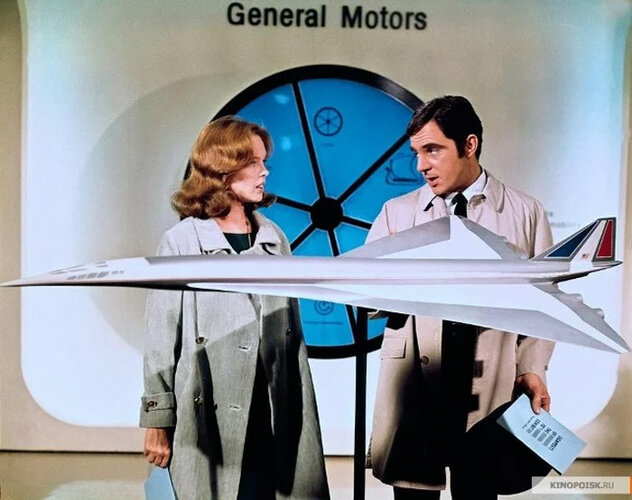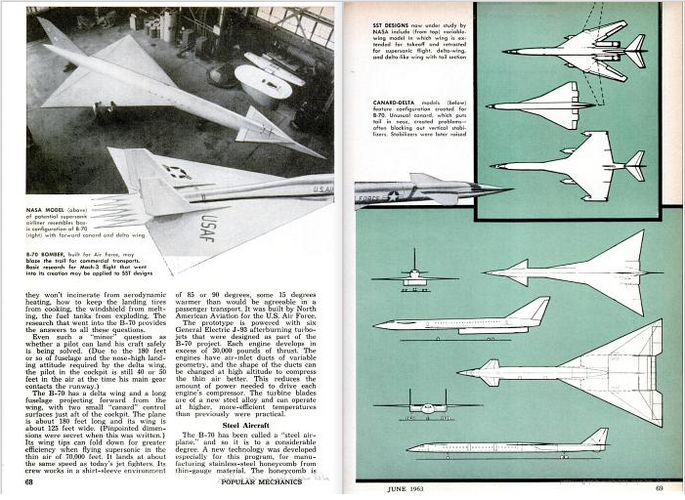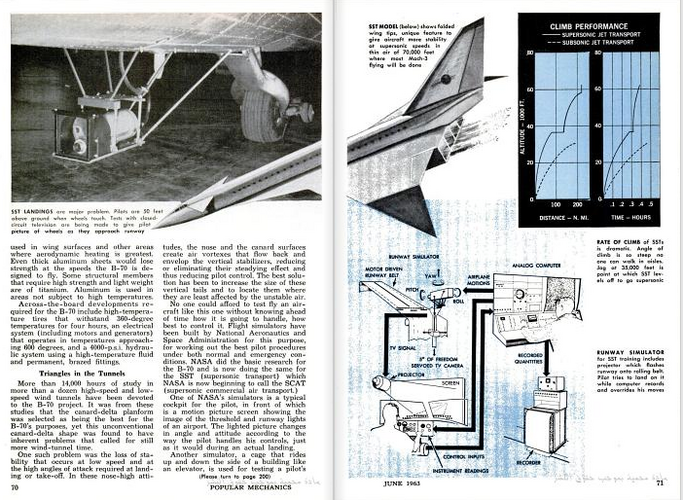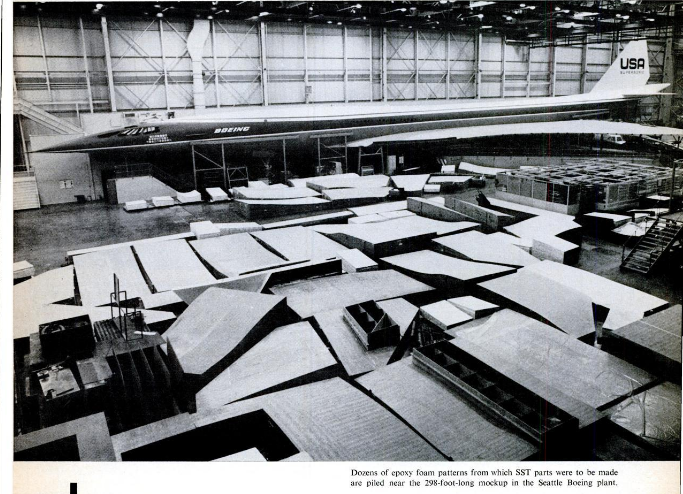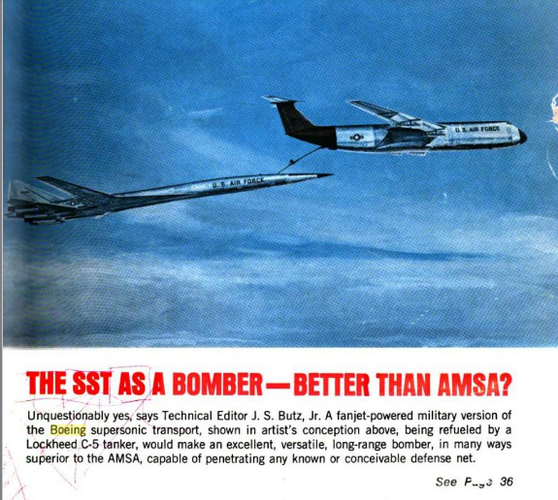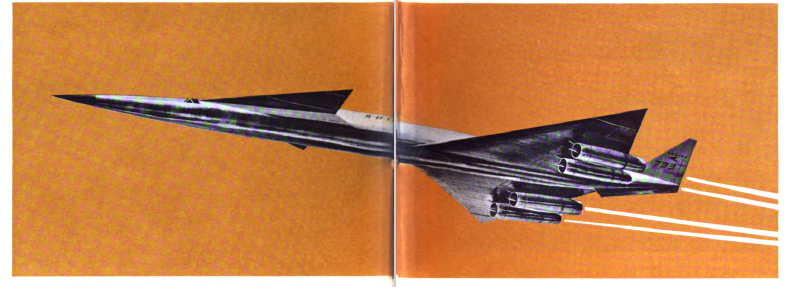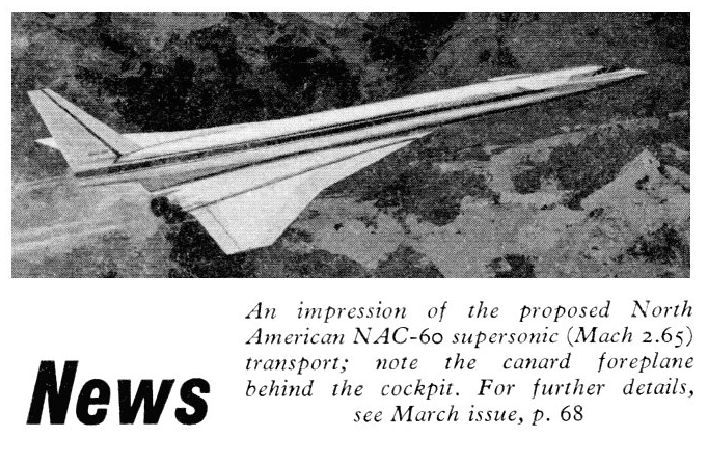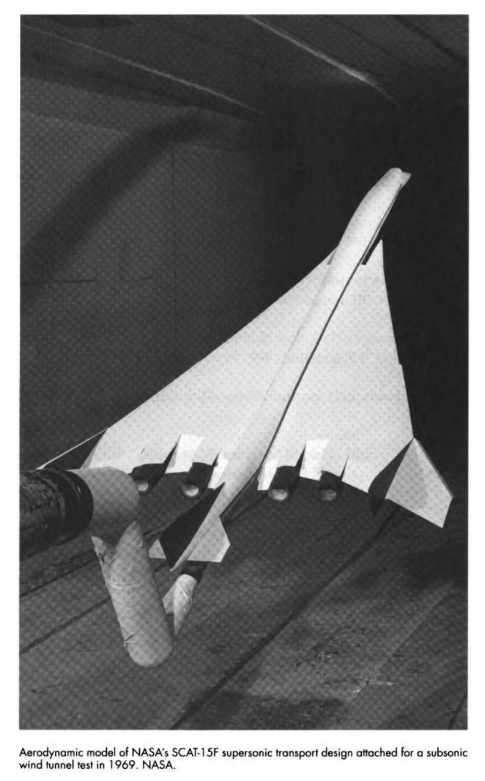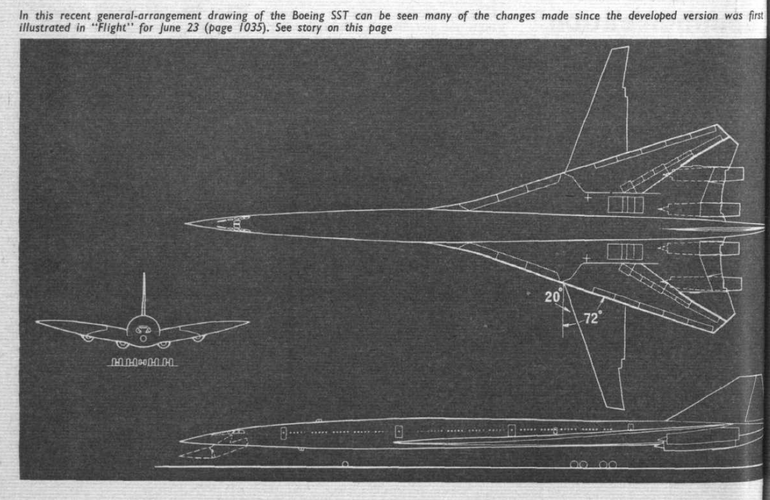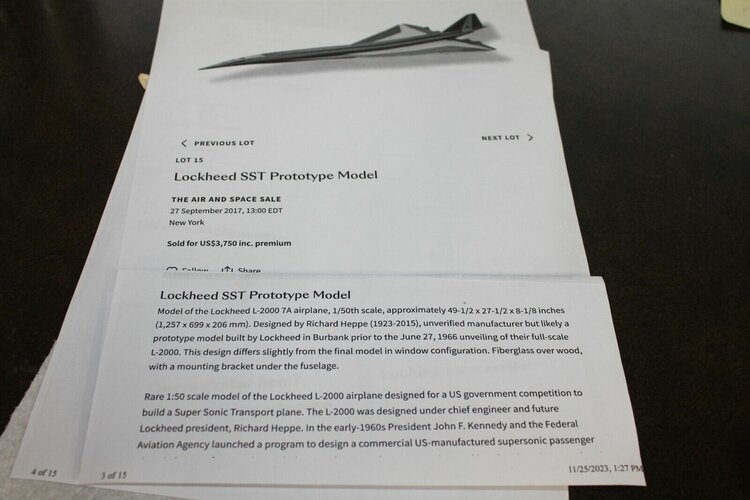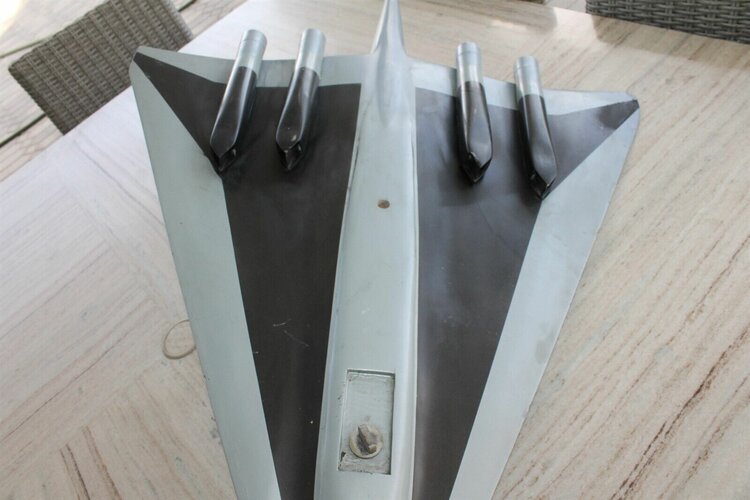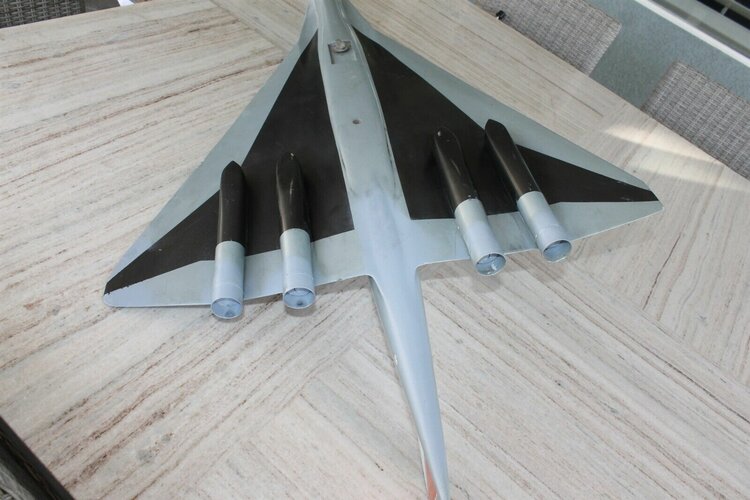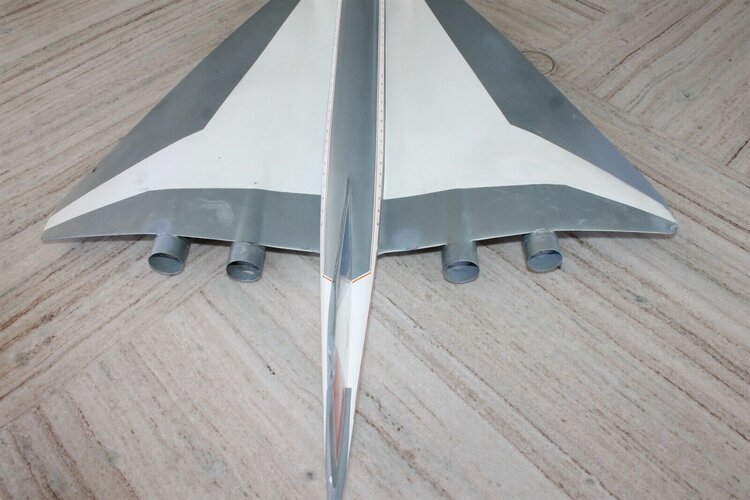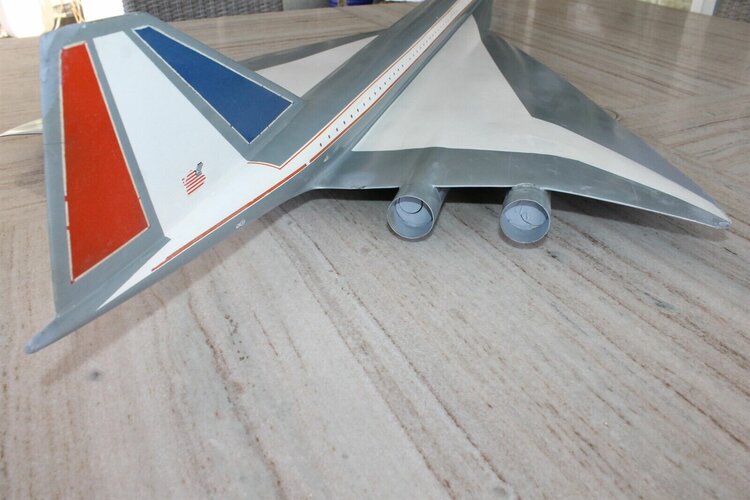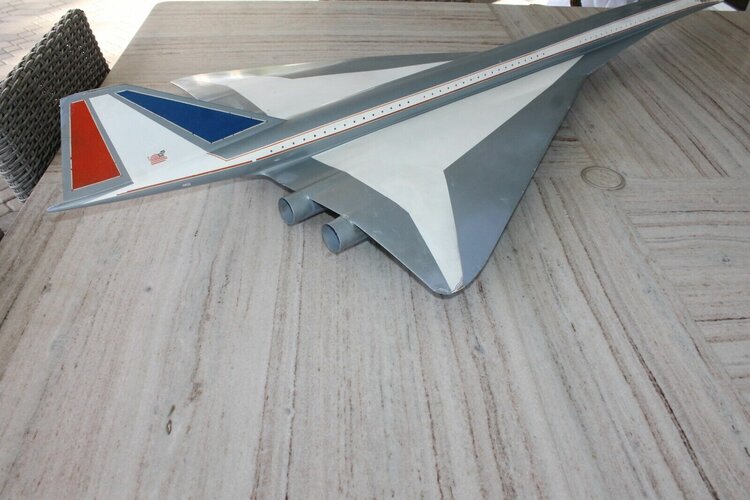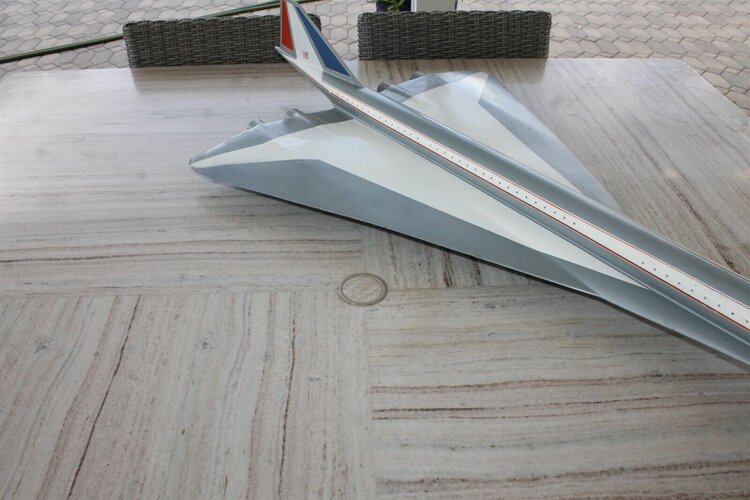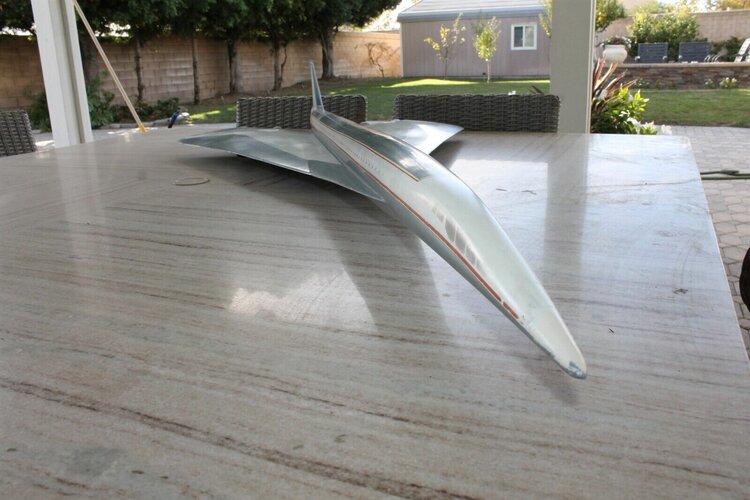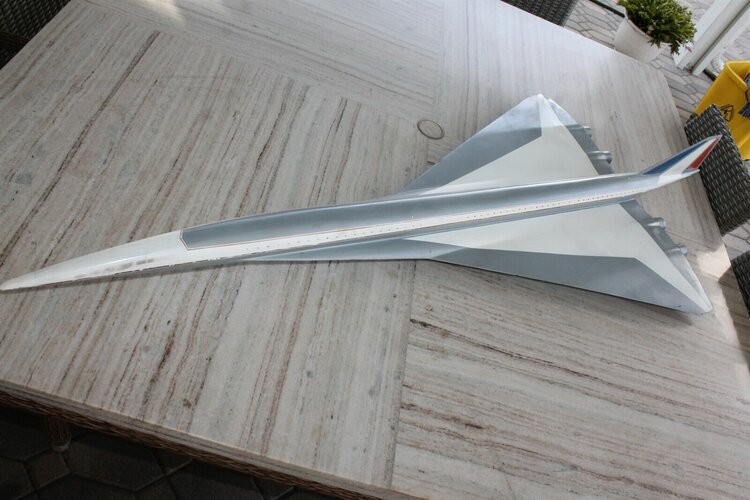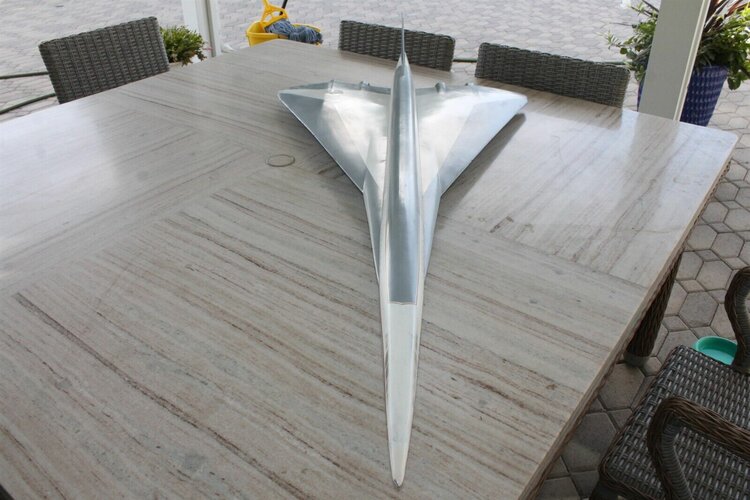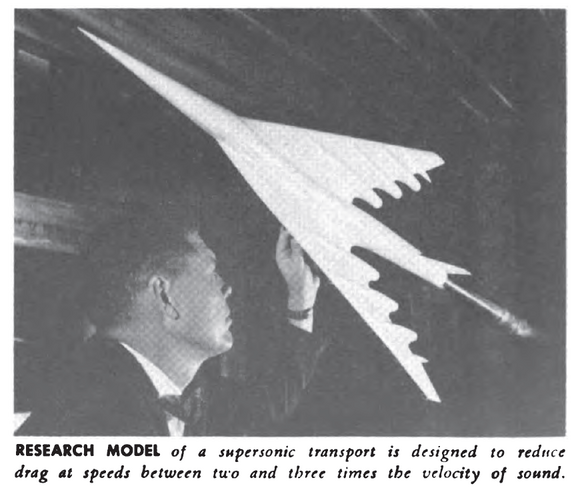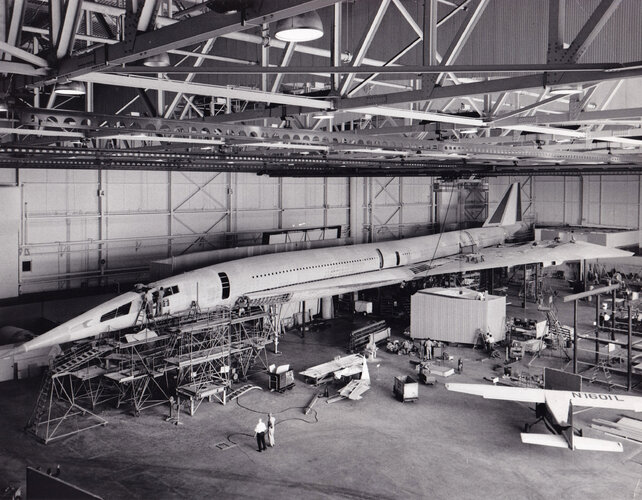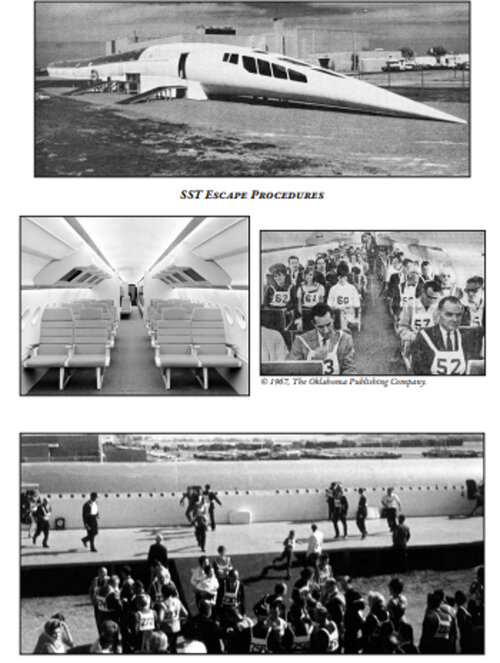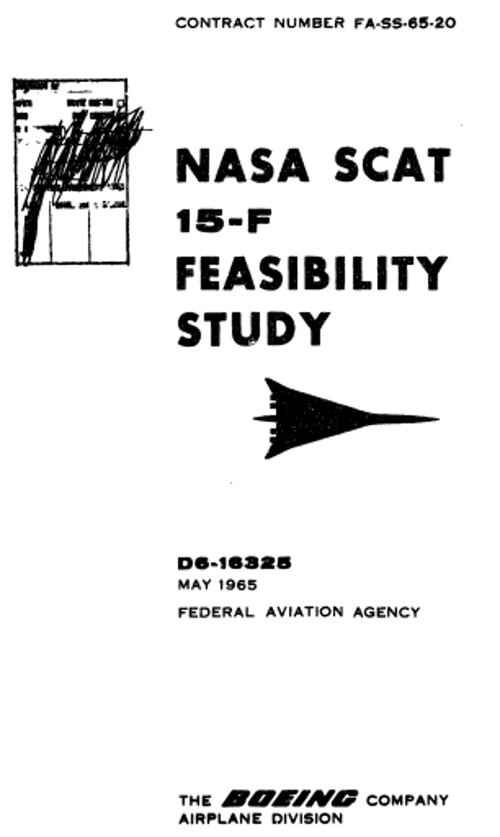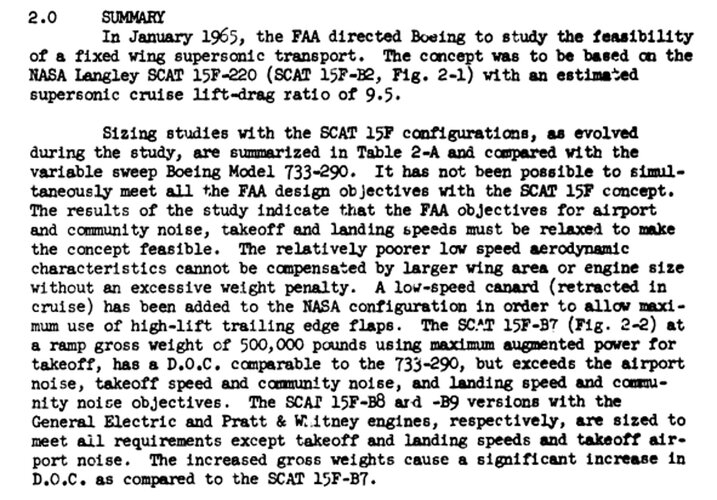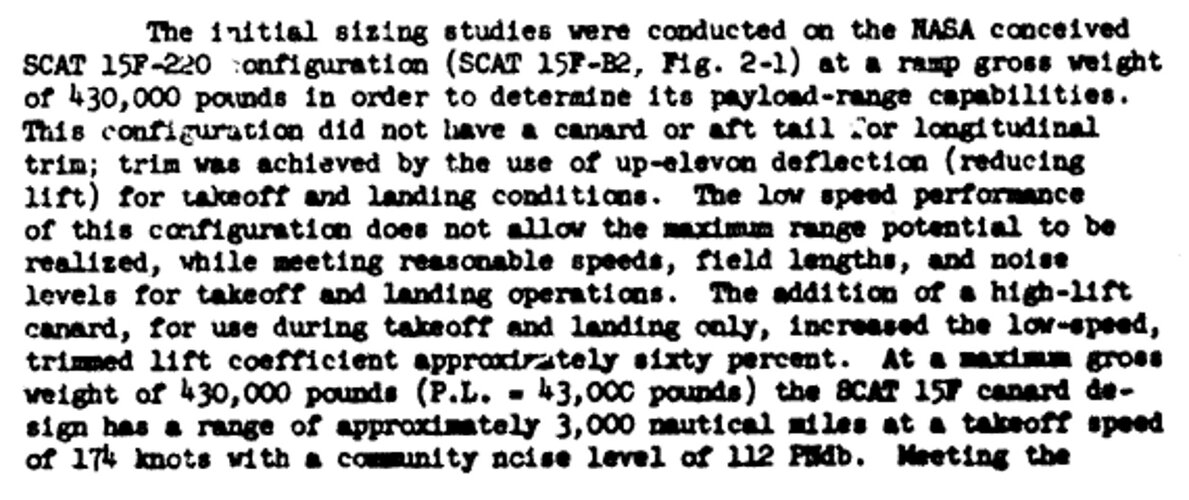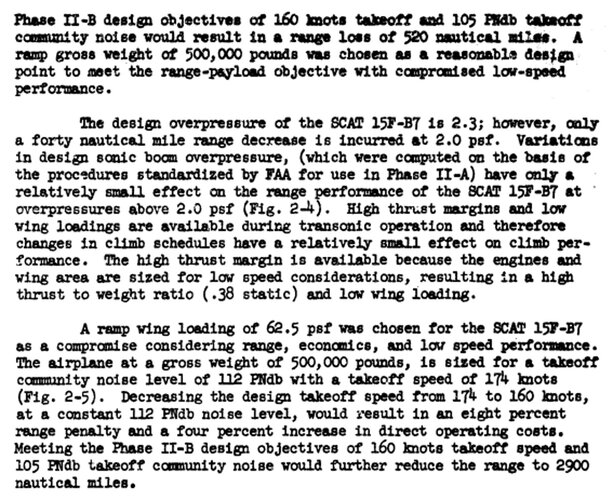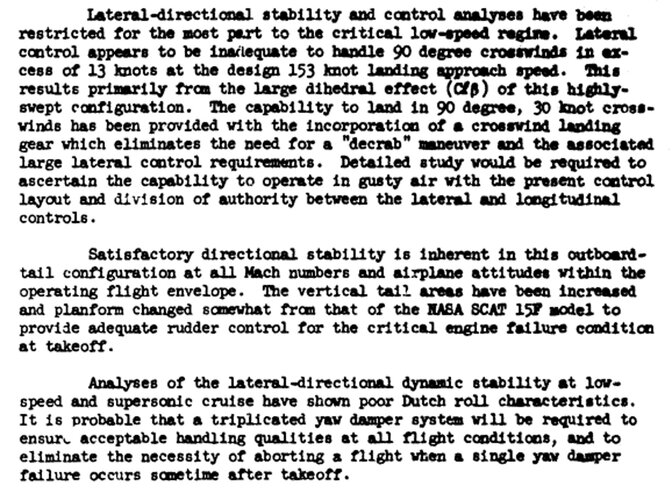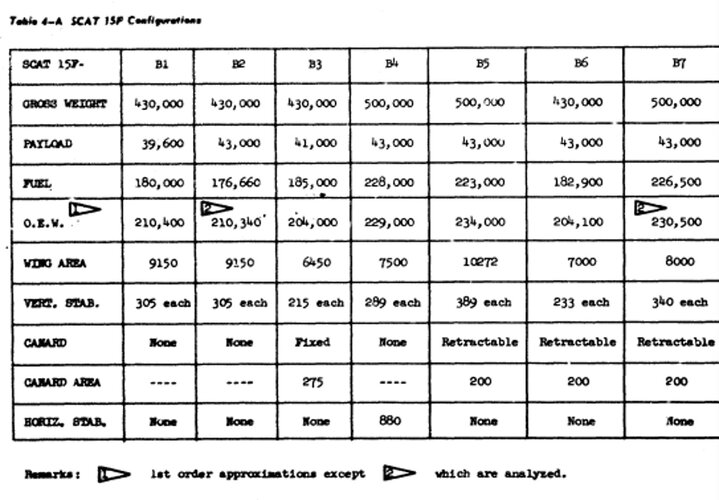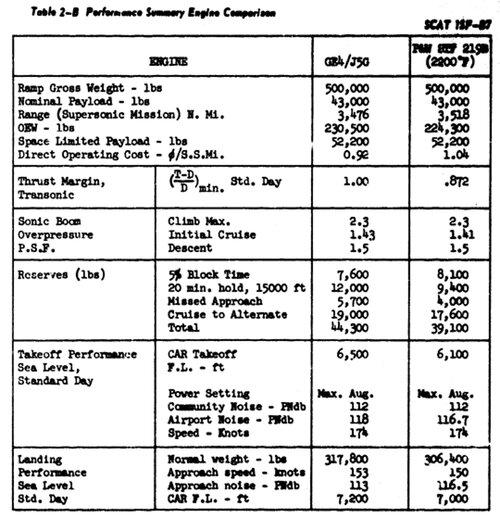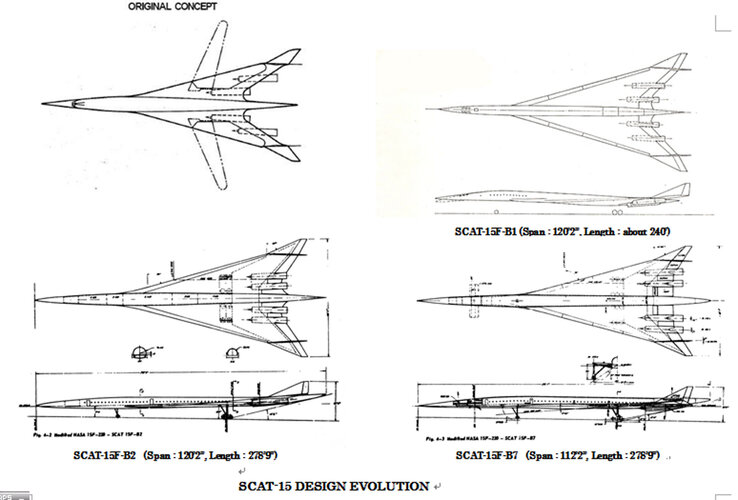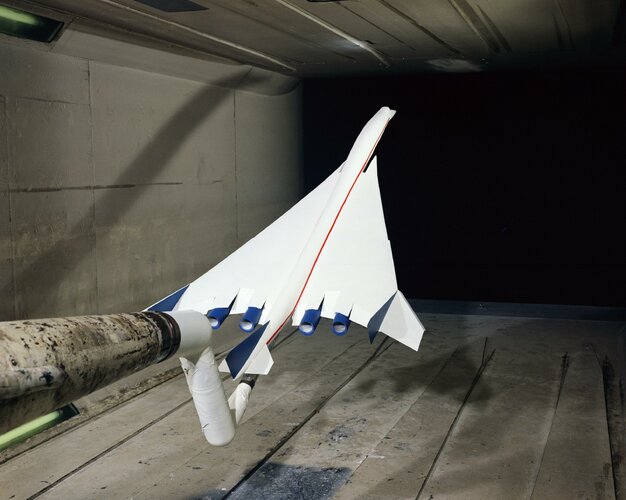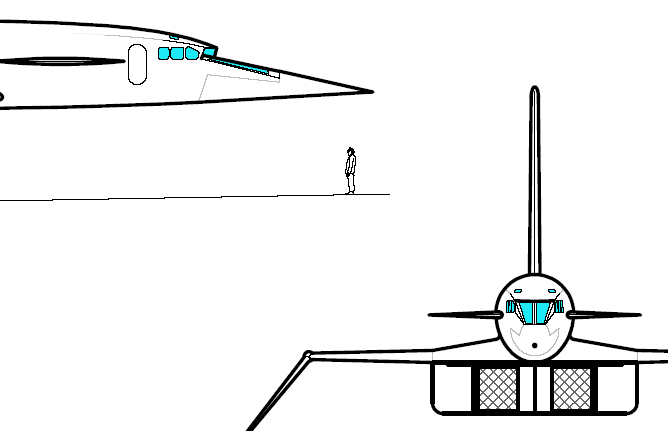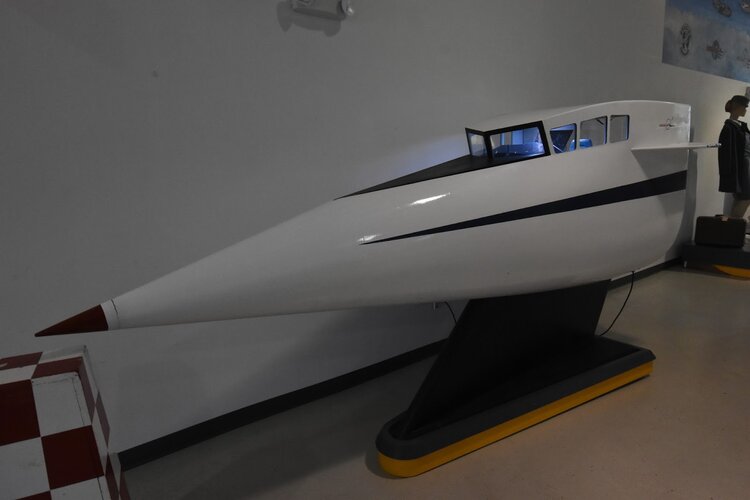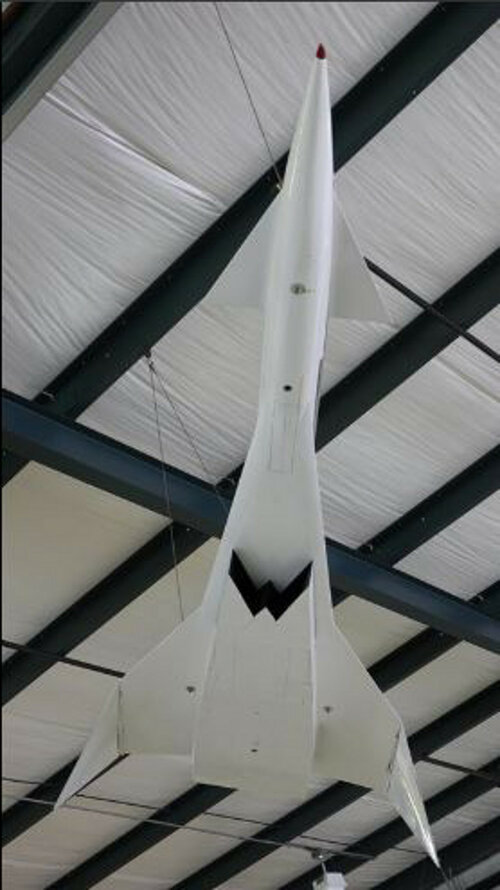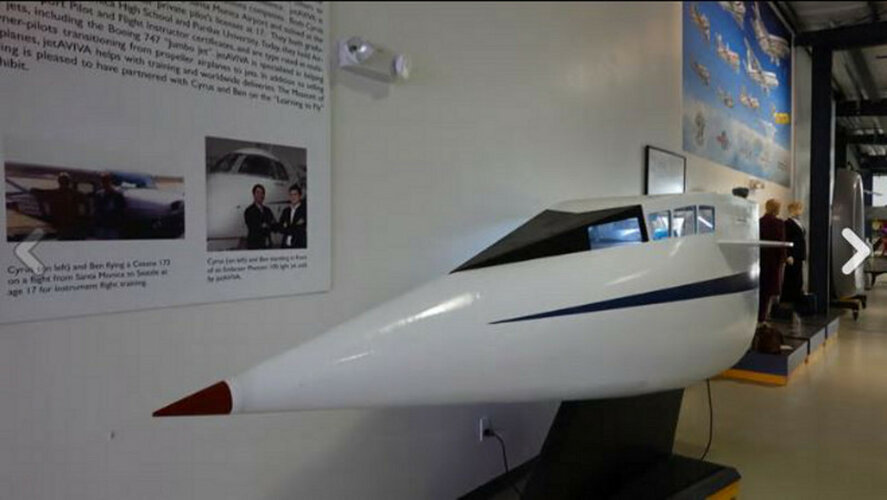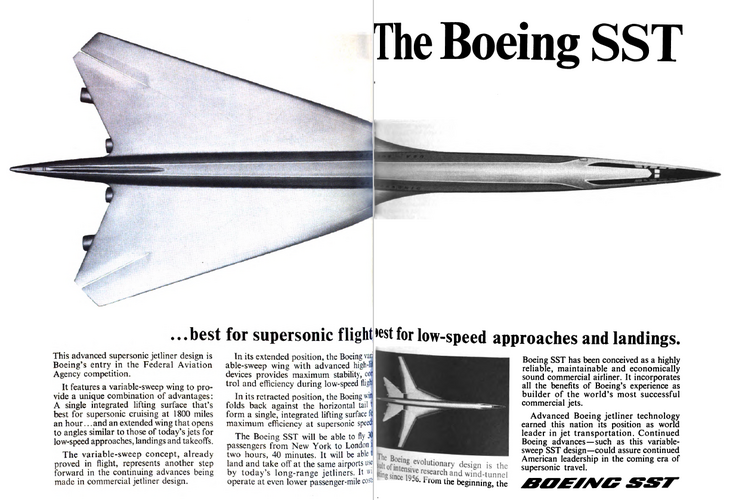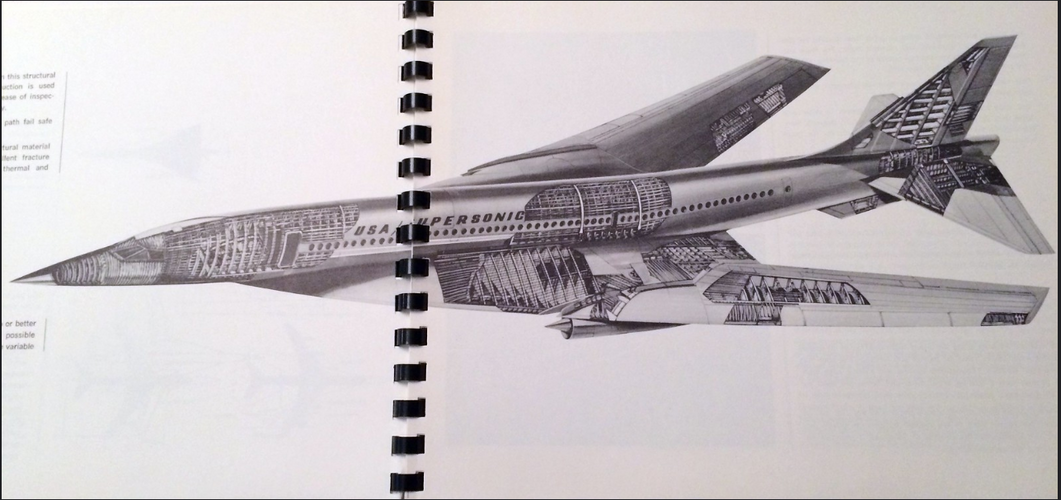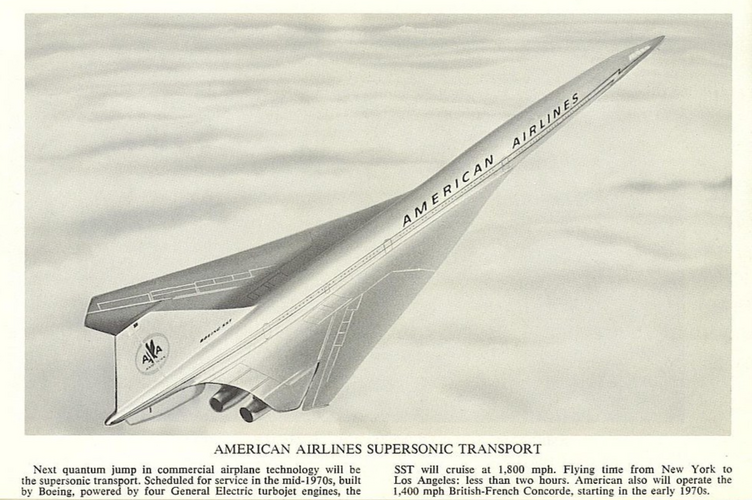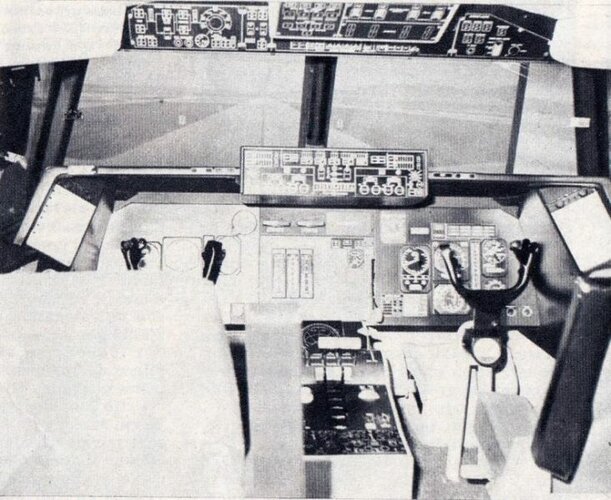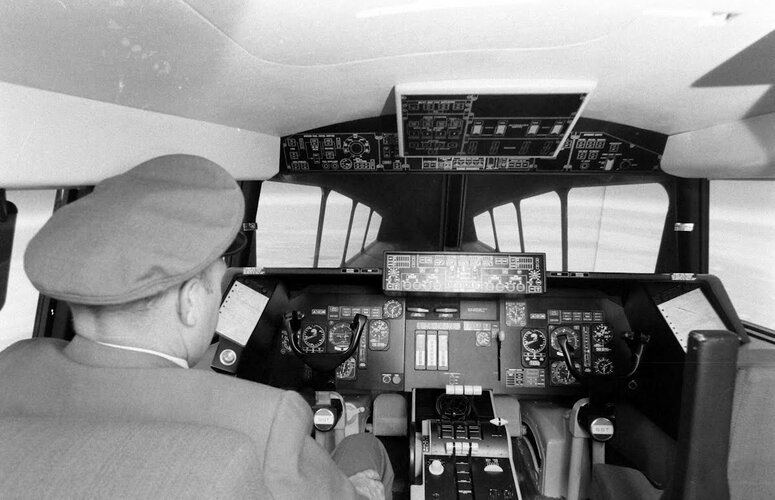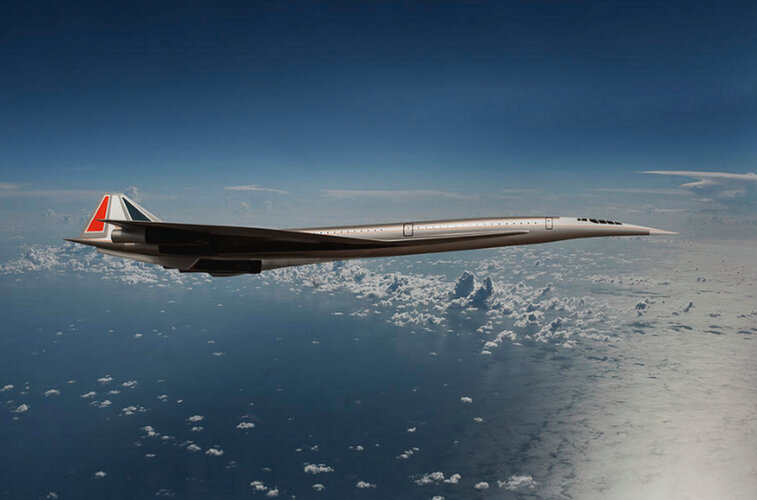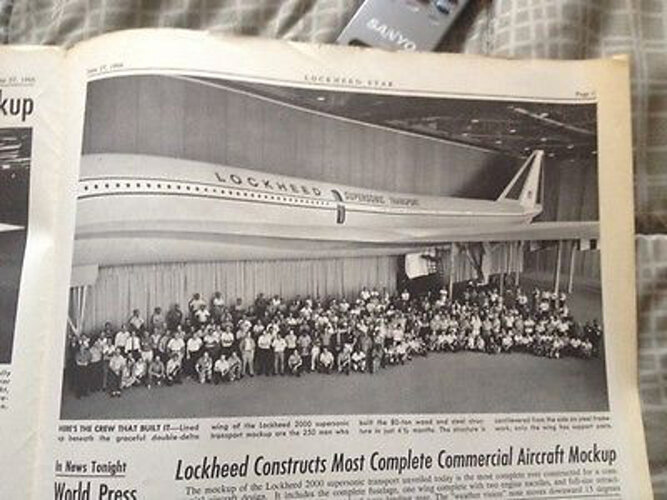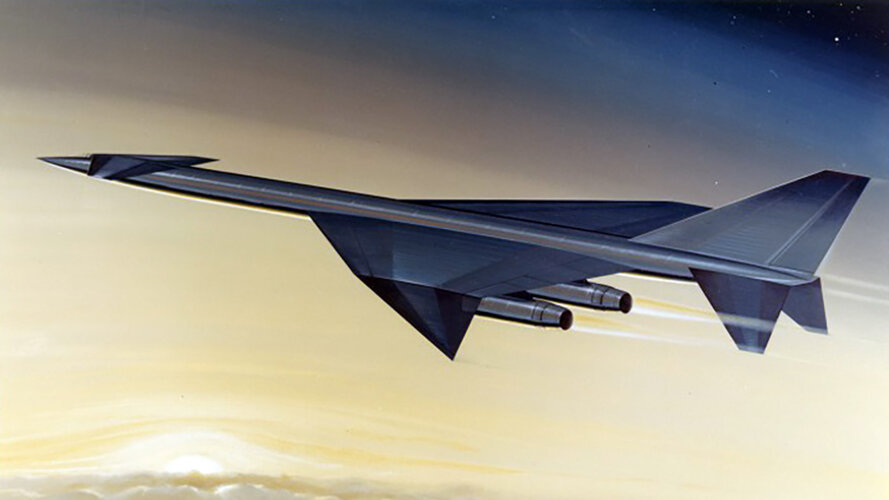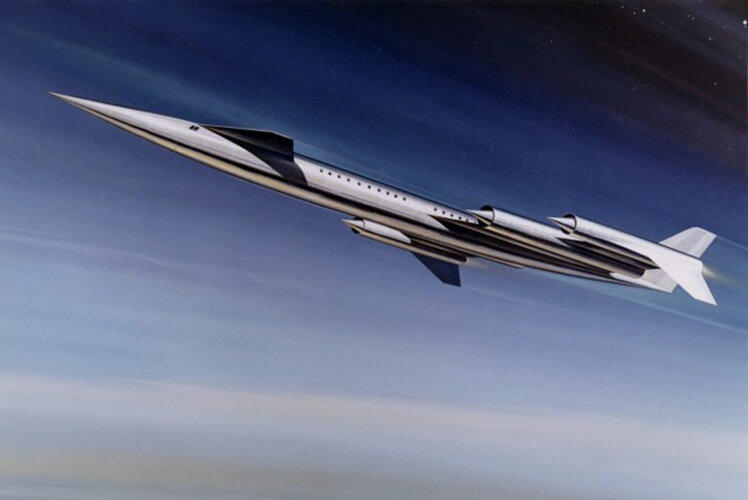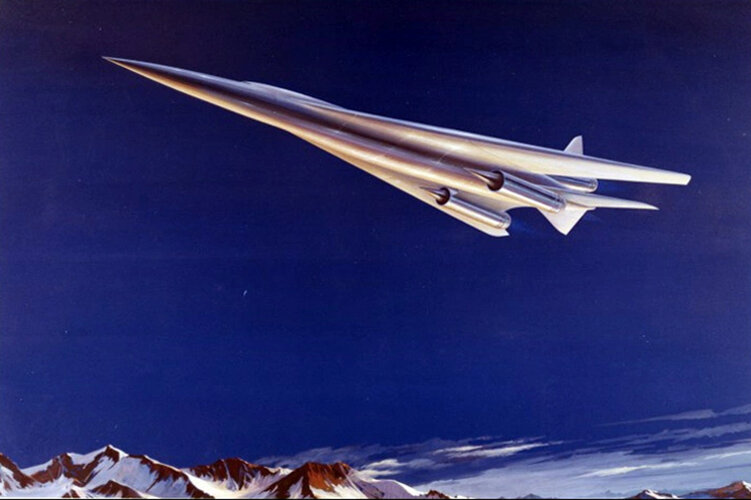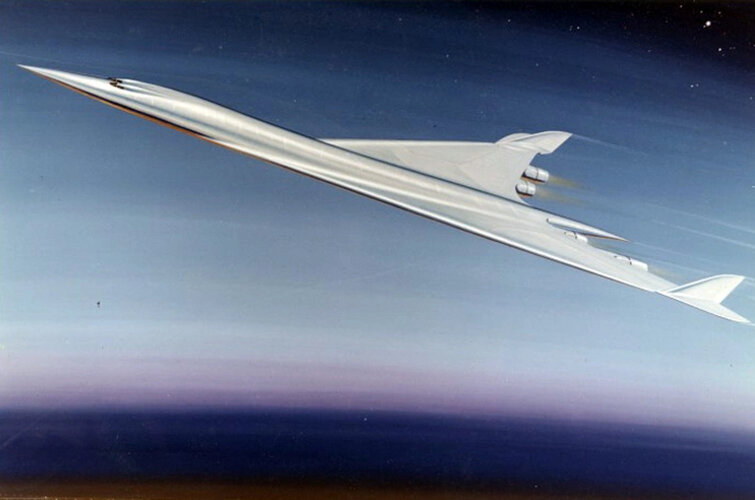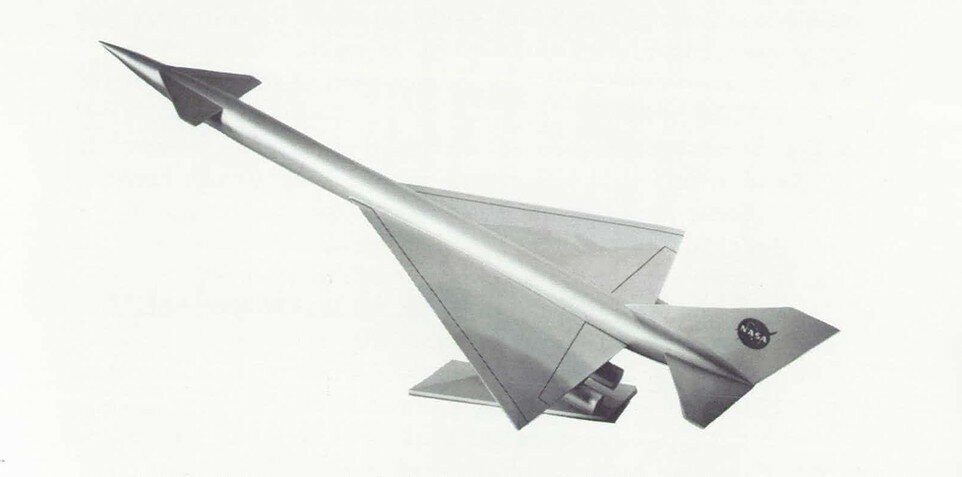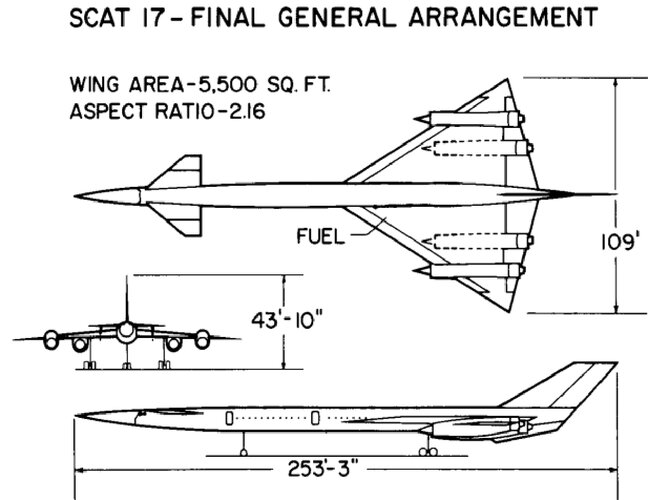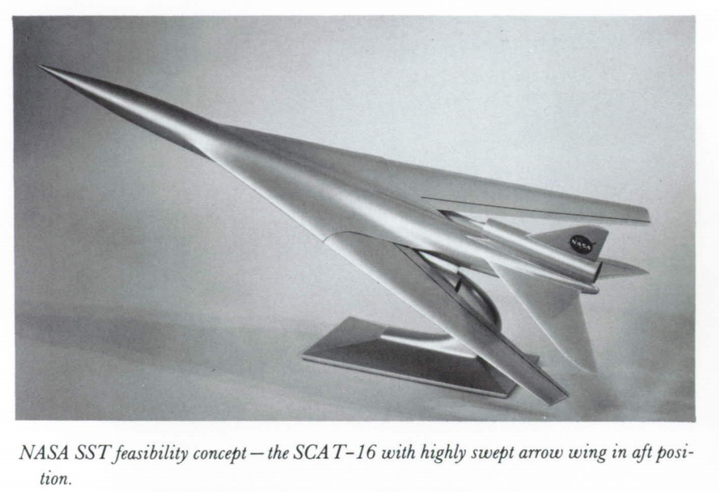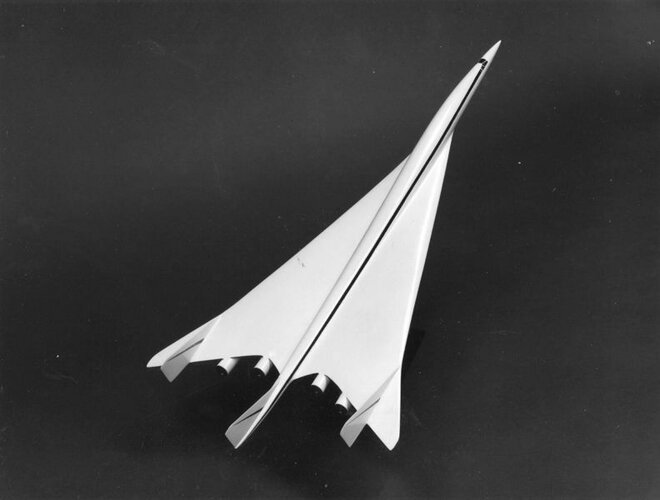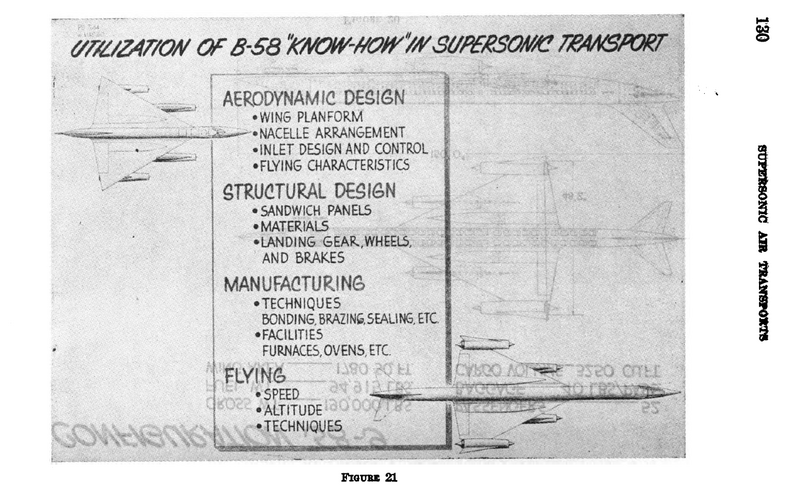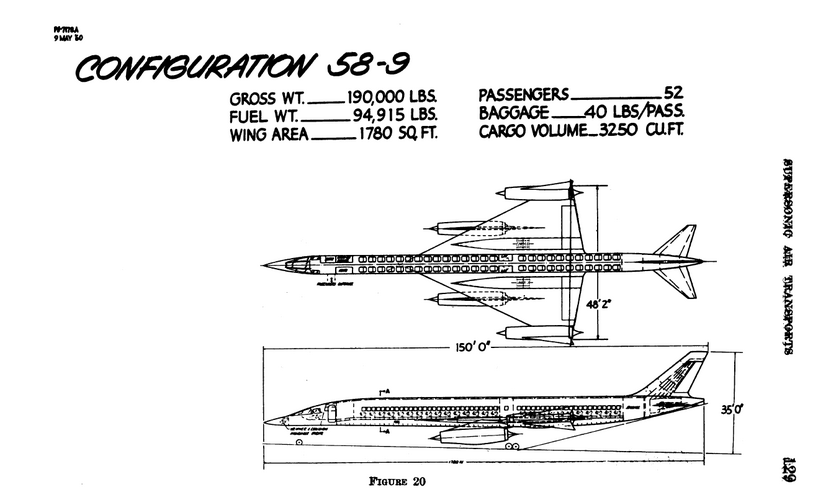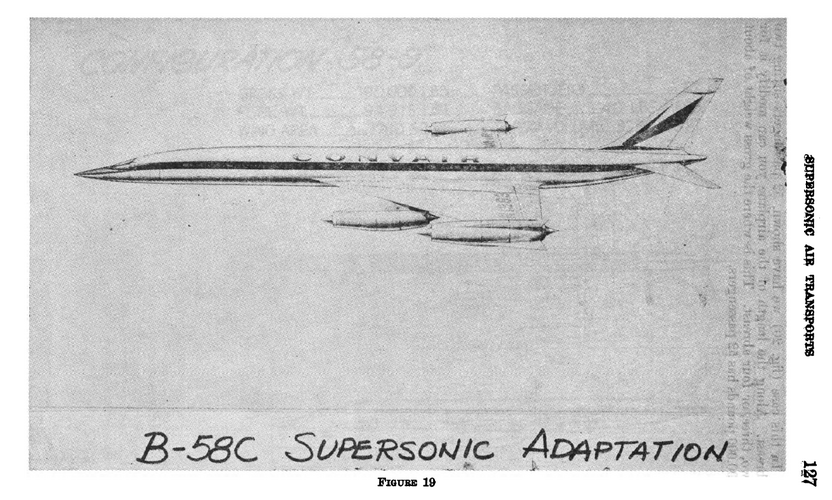Scott Kenny
ACCESS: USAP
- Joined
- 15 May 2023
- Messages
- 11,737
- Reaction score
- 14,525
Assume each passenger is worth 200lbs of fuel (175lb FAA standard passenger, plus at least 25lbs for a seat), times 150 pax, gives 30,000lbs of additional fuel. Do you have fuel capacity stats for those planes?So I have a question, assuming the 2700 (or even really the l-2000) had been biult and flown, how much more range would be added if the passenger count was reduced to 150 instead of 300?
Edit: now that I have a fuel capacity spec for the 2707-300 of 475klbs, that's looking like only a 6-7% increase in fuel load/range (passenger planes rarely ever take off at max fuel, as they'd rather load for planned trip plus required reserves). So, half the passengers to fly 6% farther? Unlikely to be worth it, unless you can get those passengers to pay Business Class prices for seats.
Link is dead, is there a place I can get that?Nice document from Boeing's here:
http://www.emotionreports.com/downloads/pdfs/boeing.pdf
There is surprisingly few on the -300 technically-side. Also of interest is the neat 3-views detailing the "public" evolution (no hint to the 1968 studies that led to the delta configuration), where you can find the rarely seen early-VG 2707 canard configuration.
I mean, there's arguments for making your Presidential transport a National Prestige project, but I can't see that happening with a VB-58, too short ranged and not enough passenger capacity for support staff. Plus, it doesn't do the boss any good to arrive before the ground transportation does.Air Force One based on a B-58....
Last edited:

